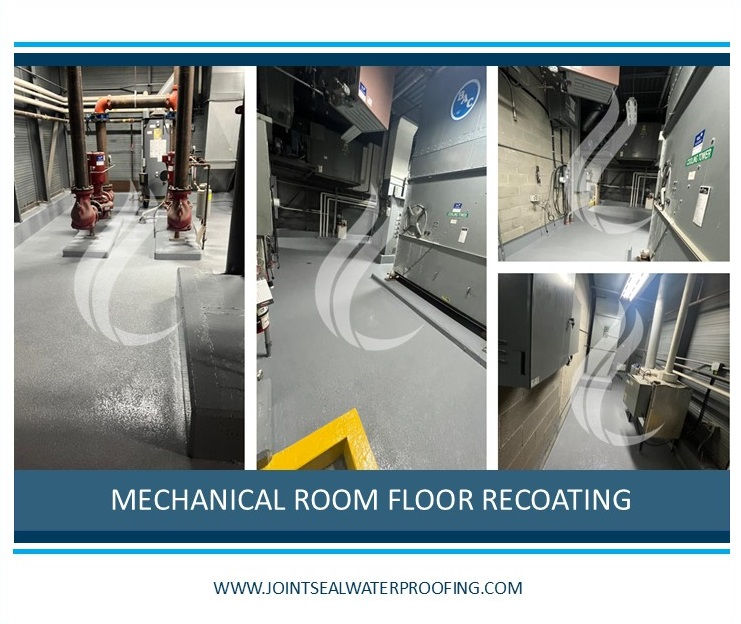Cold Joint Waterproofing in Residential Units
- Nataliya Muriy

- Jul 12, 2023
- 2 min read
Maintaining building integrity is essential in ensuring its longevity and functionality. Among the various vulnerabilities that can compromise a building's stability, cold joints stand out as potential weak areas that require specialised attention. One such waterproofing project was done last week at a low-rise residential building located on Don Mills Rd. in North York.
Cold Joints: A Weak Point in Concrete Structures
A cold joint occurs when two concrete slabs, such as a wall and a floor or two walls forming a corner, meet. This junction is a susceptible area that is prone to leakage and can lead to further concrete degradation if left unaddressed. The lack of continuity and the presence of gaps or cracks in the joint make it vulnerable to water infiltration, which can weaken the structural integrity of the building over time.
The Importance of Cold Joint Waterproofing
To ensure the longevity and functionality of any building, it is vital to implement effective cold joint waterproofing measures. By waterproofing the cold joints, we prevent water from seeping through and causing damage to the underlying structures. This preventive measure not only safeguards against structural deterioration but also helps maintain a healthy indoor environment, reducing the risk of mold growth and other water-related issues.
The Repair Method: A Comprehensive Approach
At our recent project on Don Mills Rd., we employed a meticulous repair method to address the cold joint waterproofing needs of the low-rise residential building. The process began by thoroughly cleaning out the joint using a saw, removing any loose material that could compromise the repair's effectiveness. Once the joint was prepared, it was coated with a specially formulated adhesive to enhance its bonding capabilities.
Following the adhesive application, a continuous concrete patch was carefully installed along the wall at a 45-degree angle. This technique ensures a seamless transition and robust connection between the existing concrete and the newly applied patch. By reinforcing the joint area, we significantly reduce the risk of future leakage and water infiltration.
To fortify the repaired cold joint further, both the joint and the adjoining wall received a comprehensive waterproofing treatment. A specialized waterproofing material was carefully applied to create a protective barrier, preventing any moisture from penetrating the joint and the adjacent wall. This holistic approach ensures that the repaired area remains resilient against external factors that could compromise its integrity.
Learn more about our repairs and see other examples of our work by vising the different pages on our website.





Comments